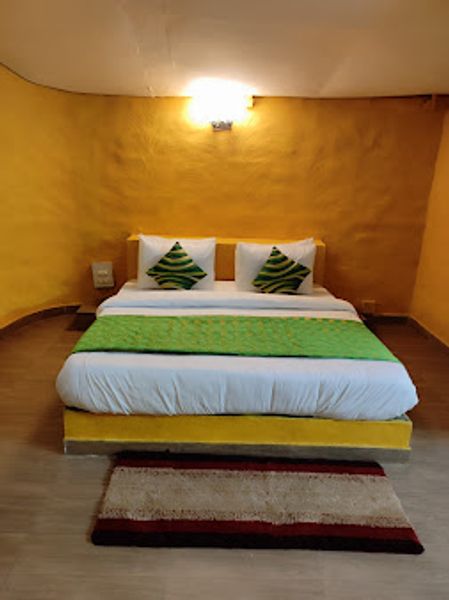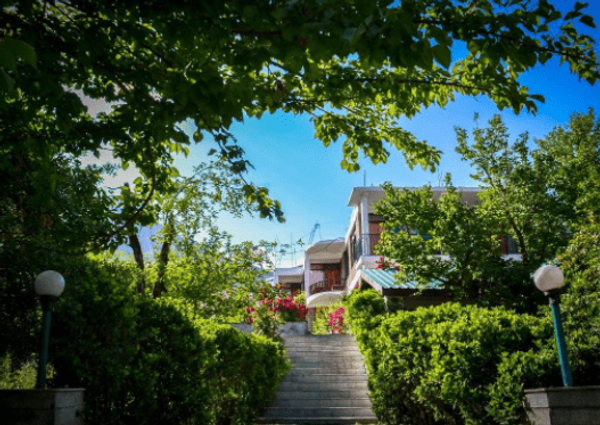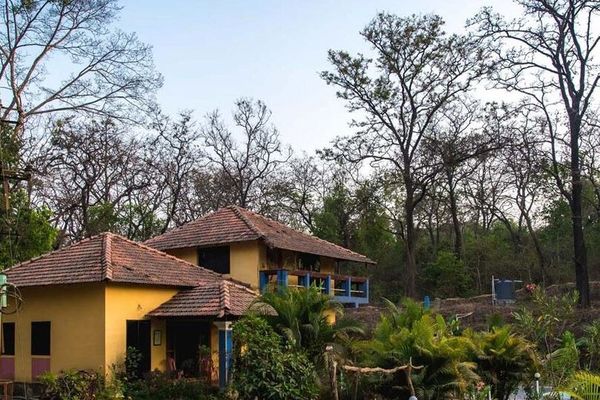A Comprehensive Guide to Booth Construction for Trade Shows: From Design to Execution
 Ava Martin
21 Jan, 2025
14 mins read
117
Ava Martin
21 Jan, 2025
14 mins read
117

Trade shows and exhibitions provide companies with a valuable platform to showcase their products, network with clients, and raise brand awareness. The booth design and construction are critical in making a memorable impression and ensuring a successful event. Whether you're working with an exhibition stand builder in Germany or handling the construction in-house, this article covers the key elements of booth construction, from initial design concepts to the final setup, while also considering budget, logistics, and sustainability.
1. Why a Well-Designed Booth Matters
A trade show booth is more than just a display—it’s a direct reflection of your brand. A booth that’s visually appealing and aligned with your brand's message can attract more visitors, generate greater interest, and help you stand out in a crowded exhibition space.
Important design elements include:
- Brand Consistency: Your booth should visually match your brand’s identity, using consistent logos, colors, fonts, and overall design.
- Functionality: Ensure the booth allows for a smooth flow of traffic, space for staff, and areas for interaction.
- Engagement: Incorporating live demonstrations, interactive technologies, or presentations can help draw in attendees.
2. Planning and Conceptualizing Your Booth Design
The first step in constructing your booth is to define your objectives for the trade show and create a design concept that meets those goals. Careful planning during this phase ensures the final result aligns with your vision.
Key factors to consider:
- Booth Size and Location: The dimensions of your booth and its position on the trade show floor will guide your design decisions. Larger spaces may offer more flexibility, while smaller ones need to focus on high-impact features.
- Audience: Tailor your booth design to appeal to the demographic expected at the event.
- Theme and Message: The booth should communicate a clear message and be consistent with the trade show’s theme or your company's brand values.
Design Process:
Once you’ve established your objectives, use sketches or 3D software to finalize your design. Your plan should address:
- Traffic Flow: Ensure visitors can easily navigate the booth.
- Lighting and Visibility: Proper lighting can highlight your booth’s key features.
- Storage Needs: Consider how materials, products, and promotional items will be stored and accessed.
3. Selecting Materials and Construction Methods
The materials you choose for your booth are critical in achieving a sturdy, visually appealing design. Depending on your concept, you may opt for lightweight, budget-friendly options or more substantial materials for a high-end look.
Common materials include:
- Wood: A versatile material that can be customized for various designs.
- Metal: Ideal for sleek, modern structures that need durability.
- Fabric: A cost-effective option for large graphics and lightweight structures.
- Acrylic/Glass: Offers a polished, modern aesthetic.
- Modular Systems: Pre-made elements that can be assembled in various configurations for cost-effective, reusable designs.
Construction Methods:
- Custom-built Booths: Fully tailored designs for a unique, high-quality booth experience. These often require specialized craftsmanship.
- Modular Booths: Pre-made components that can be assembled into different layouts. They are faster to build and more affordable.
- Portable Displays: Compact and easy-to-assemble booths suitable for smaller events.
4. Budgeting and Cost Management
Constructing a booth involves numerous costs, and managing your budget effectively is essential to ensure you don’t exceed your limits. Understanding where the money is going helps prioritize essential elements.
Cost considerations include:
- Design Fees: You may need to hire a professional designer or architect.
- Materials and Construction: The choice of materials and the complexity of construction will affect overall costs.
- Logistics and Shipping: Getting the booth to the venue can involve substantial shipping fees.
- Installation and Dismantling: Many venues charge for assembly and teardown services.
- Additional Expenses: Don’t forget costs for audiovisual equipment, furniture, promotional materials, and insurance.
Tips for managing costs:
- Set Clear Priorities: Allocate your budget to the most impactful elements, such as branding and interactive features.
- Plan for Future Events: A high-quality booth can be reused for other exhibitions.
- Get Multiple Quotes: Always compare prices from different suppliers and contractors.
5. Logistical Planning and Timelines
Once your design is set and materials chosen, logistics become a key factor in booth construction. Proper coordination ensures the booth arrives on time, gets set up efficiently, and can be easily dismantled after the event.
Key logistics considerations include:
- Shipping: Ensure that materials are packed securely and ready for transport to the trade show venue.
- Timeline: Allow enough time for production, transport, and setup, with some buffer for unexpected delays.
- Storage: Make arrangements for storing the booth and materials before and after the event.
- Team Coordination: Ensure your team is ready for setup and teardown, with clearly defined roles and responsibilities.
6. Sustainability in Booth Design and Construction
As businesses continue to prioritize environmental responsibility, trade show booths are increasingly being designed with sustainability in mind. Reducing waste and minimizing environmental impact is a growing trend.
Sustainable practices to consider:
- Recycled Materials: Use eco-friendly options that reduce the amount of waste produced.
- Modular Systems: These can be reused at future events, reducing the need for new construction.
- Energy-Efficient Lighting: LED lighting consumes less power and lasts longer than traditional lights.
- Carbon Offsetting: Some companies offset the environmental impact of transport and energy use.
- Digital Displays: These can replace paper handouts and brochures, reducing waste.
7. Booth Assembly and Testing
Once the booth design is finalized and all materials are ready, it’s time to assemble and test everything. Ensuring everything works as expected before the event will help avoid last-minute issues.
Checklist for setup:
- Assembly Inspection: Make sure all parts of the booth fit together correctly.
- AV and Lighting Checks: Test all audiovisual equipment and lighting to ensure proper function.
- Branding Alignment: Double-check that all logos, banners, and signage are positioned correctly.
- Staff Preparation: Ensure your team is ready to operate the booth and engage with visitors.
8. Post-Event: Dismantling and Evaluation
Once the trade show is over, it’s time to take the booth down and evaluate its success. Proper dismantling ensures that the booth is safely packed up, ready for storage or future use.
Post-event tasks:
- Dismantling: Complete teardown in accordance with the event’s schedule.
- Storage or Reconstruction: Decide if the booth can be reused or if new parts are needed for future events.
- Feedback Collection: Gather input from your team and visitors to determine what worked and what can be improved for future shows.
Conclusion
The process of building a booth for a trade show or exhibition requires a combination of creativity, strategic planning, and careful execution. From the initial design to the final teardown, each phase contributes to the overall success of your booth. Whether you're focused on booth construction in Berlin or working elsewhere, by prioritizing branding, functionality, and sustainability, companies can ensure their booth makes a lasting impression and helps them achieve their goals at every event.
Written By:
Ava Martin



Hotels at your convenience
Now choose your stay according to your preference. From finding a place for your dream destination or a mere weekend getaway to business accommodations or brief stay, we have got you covered. Explore hotels as per your mood.





